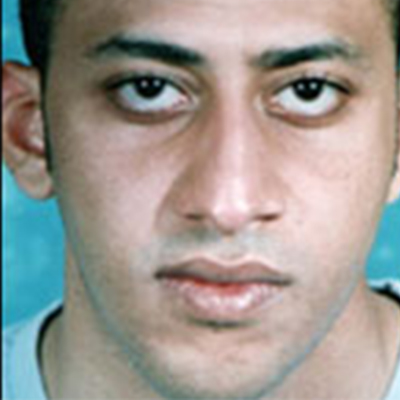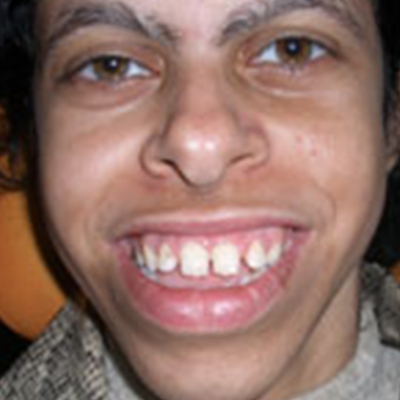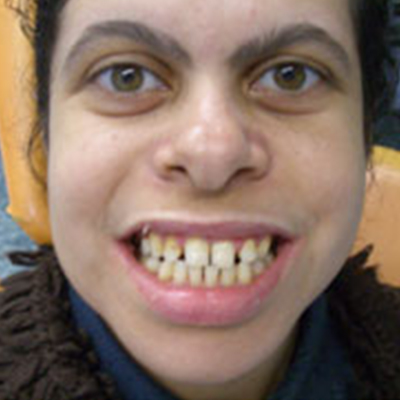Orthognathic Surgery
Orthognathic surgery is needed when jaws don’t meet correctly or teeth don’t seem to fit the jaws. Generally, teeth are straightened with orthodontic and corrective jaw surgery repositions misaligned jaws. This not only improves facial appearance, but also ensures that teeth meet correctly and function properly. Who needs orthognathic surgery? Many people can benefit from orthognathic surgery. Most of these people have an improper bite or a jaw that is not positioned correctly. Generally, orthodontics alone cannot correct this problem and provide a good functional and cosmetic result.
Some common complaints of patients that have jaw malalignment include inability to chew food properly, jaw pain or TMJ pain, and sometimes even breathing problems. In certain circumstances, patients cannot close their mouth properly and they may also have speech difficulties. Orthognathic surgery can many times dramatically improve someone’s quality of life, function of their jaw, as well as often have tremendous cosmetic improvement. Rarely is this surgery ever done for cosmetic purposes alone. To assist you in understanding what orthognathic surgery is and exactly what many patients look like afterwards, we have made available the following before and after photographs as well as surgical examples. Many patients will have upper and lower jaw surgery, and possibly even chin and nose surgery, performed at the same time. Below are a few examples of these before and after procedures:
- Orthognathic Surgery with Combined Cosmetic Procedures
- Lower Jaw Deficiency
- Upper Jaw Deficiency
- Upper Jaw Deficiency/Lower Jaw Excess
- Lower Jaw Excess
- Excess Vertical Length In Upper Jaw
Orthognathic Surgery with Combined Cosmetic Procedures
Many patients who have functional jaw deformities will also choose to do procedures simultaneously that will enhance their appearance. Certain procedures that can be performed at the same time include rhinoplasty (nose surgery), genioplasty (chin surgery). Other procedures can be performed but these are the more common ones. Below are a few examples of patients who have undergone simultaneous cosmetic procedures.

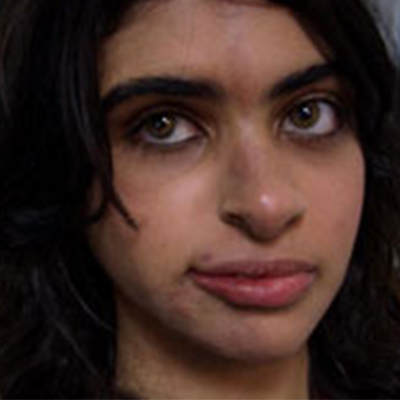
Lower Jaw Deficiency
One of the most common jaw malalignments is a recessed lower jaw. Patients with this problem are more likely to have TMJ problems as well as muscular pain in the face. These patients are also more likely to have obstructive sleep apnea or snore. Below are some examples of patients that had lower jaw advancement to correct the alignment of their jaws. Some of these patients had dramatic improvement in their obstructive sleep apnea symptoms from the lower jaw advancement. (Please see our “obstructive sleep apnea” section if you have questions regarding this disorder.)

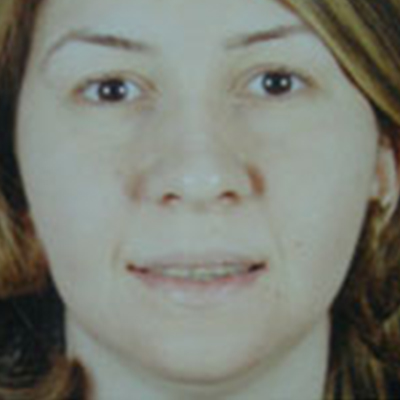
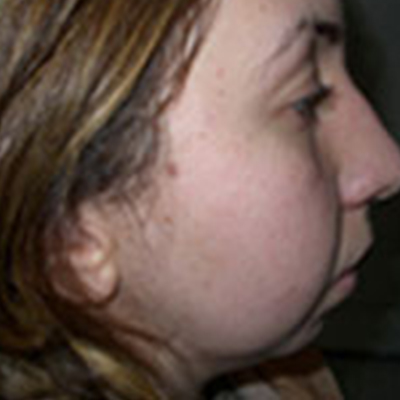
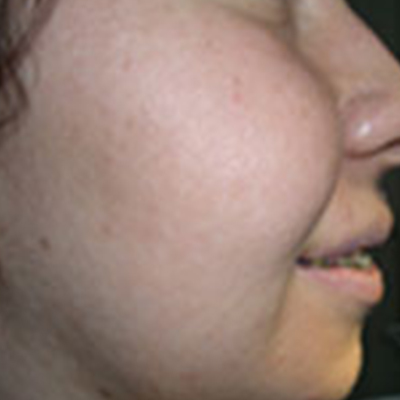
Upper Jaw Deficiency
Upper jaw deficiency is also a fairly common problem that we see. These patients will typically have very underdeveloped cheek bones and sometimes their nose will also be very down-turned. The advantages to upper jaw advancement include improving the bite and allowing patients to chew food better, but there are also generally some dramatic cosmetic enhancements that go with upper jaw advancement as well. Advancing the upper jaw will also help rotate the nose upward and improve nasal appearance. It can also often fill out cheek bones. Excessive cheek bone deficiency may have to be corrected with cheek implants. Please review the upper jaw advancement cases below.

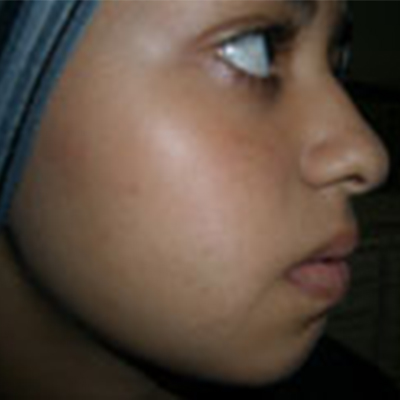
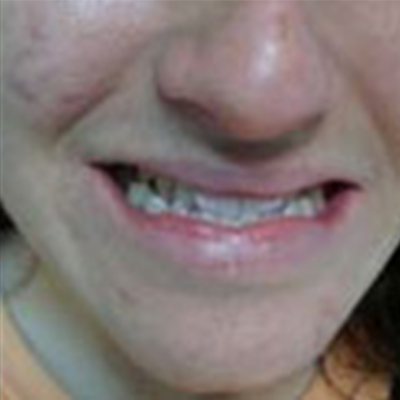
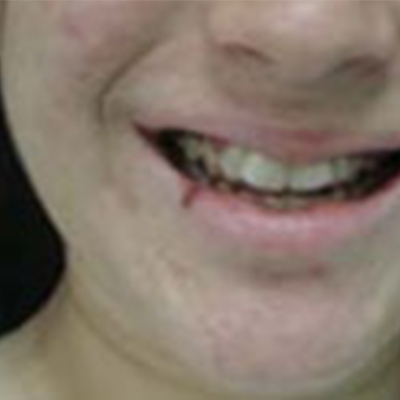
Upper Jaw Deficiency/Lower Jaw Excess
It is rare that patients will have purely an under-jaw deficiency or a lower jaw excess. Often, these problems occur simultaneously. Traditionally, oral surgeons have moved the lower jaw backwards to correct this problem. The unfortunate cosmetic result associated with just taking the lower jaw backwards generally demands for upper and lower jaw surgery to be performed simultaneously. By moving the upper jaw forward, this usually creates a better nasal appearance and a more filled-out mid face. By moving the lower jaw back minimal amounts, this decreases the problems of fatty-appearing tissue under the chin (especially, in later life) and also prevents narrowing the airway, which could cause problems with obstructive sleep apnea and/or snoring later in life.
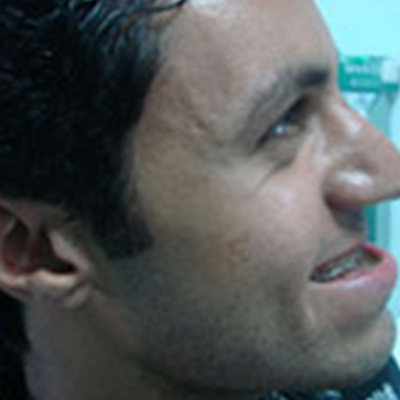
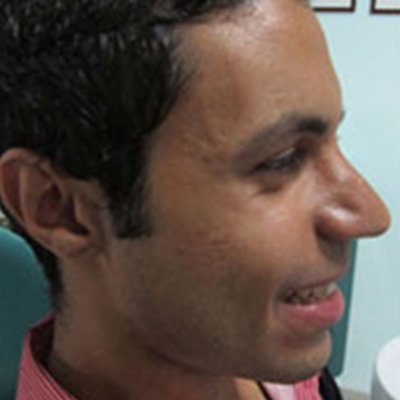
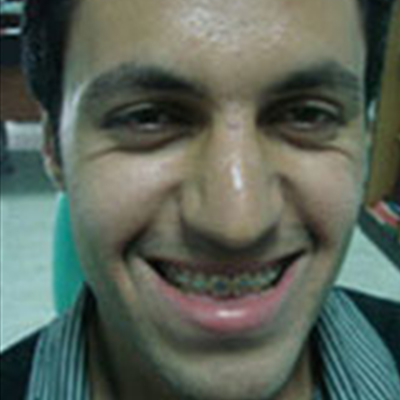
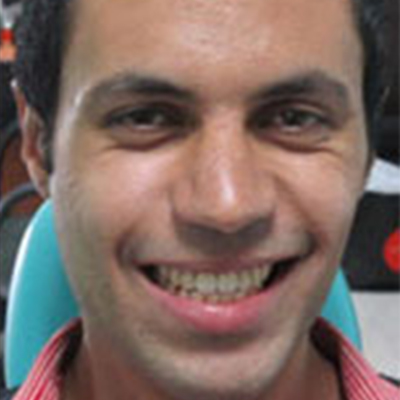
Lower Jaw Excess
Sometimes, a patient’s lower jaw can simply over-grow and be much longer than anticipated. Sometimes the lower jaw can be set backwards to correct this problem. This surgery is usually not performed until growth is complete and generally results in an improved cosmetic appearance as well as improved functional appearance

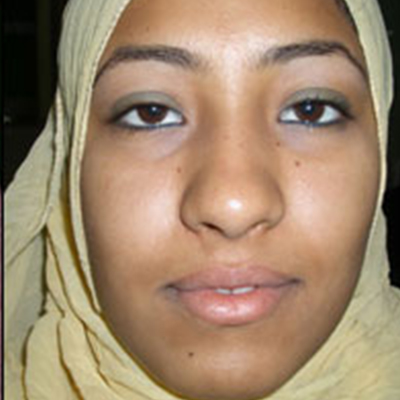
Excess Vertical Length In Upper Jaw
Some patients will experience an overgrowth in their upper jaw, so that they cannot bring their lips passively together and when they animate they have a very gummy appearance to their smile. These patients often will have a long facial appearance and cannot bring their lips together passively. This can result in drying of the upper gum tissue and irritation. Some patients even report trouble swimming because they cannot keep their mouth closed. This problem is corrected by moving the upper jaw upward, and sometimes, lower jaw surgery is performed as well

